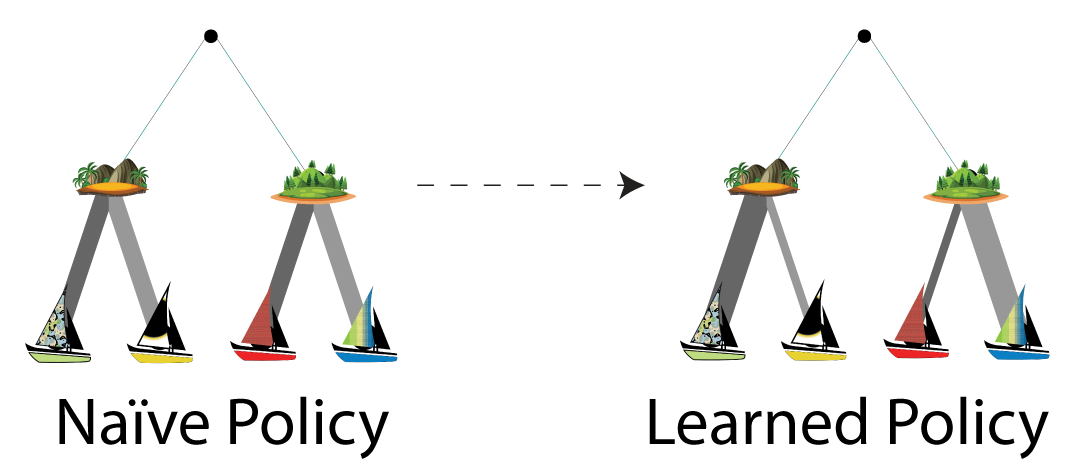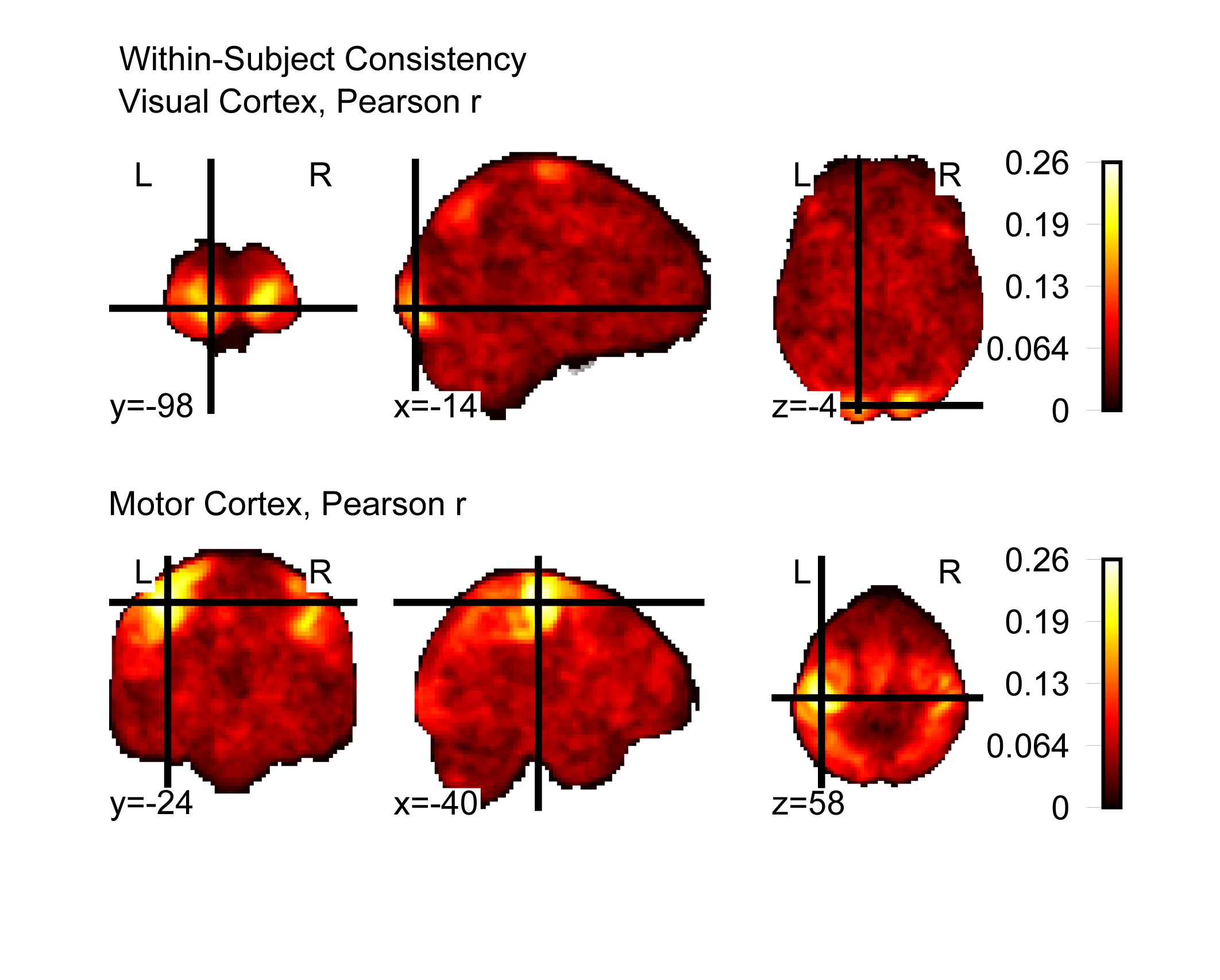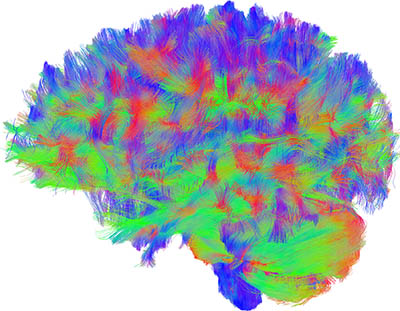Research

Predictive Mechanisms in Planning and Decision Making
When faced with a multi-step decision problem, humans and animals must balance flexible and accurate decision making with computational complexity. We examine how and when this trade-off occurs in the context of the Successor Representation (SR), an approach that takes advantage of temporal abstraction of future states to avoid the costs of iterative, multi-step model-based mental simulation, while retaining some ability to cheaply replan when goals change.

Neural Correlates of Graph Learning
In order to guide effective action and planning, the brain learns predictive representations of stimuli and events. fMRI allows us to measure how those representations form, and where in the brain they reflect predictive structure. We are particularly interested in cross-subject approachs that disentangle representations of predictive structure from those of stimulus identity.
Learning of Temporal Structure
How do we learn underlying relationships when viewing a serial stream of information? My research explores what types of higher-level information are informative in a probabilistic motor sequence task. In particular, we formulate the relationships between stimuli as a graph so that we can explore how changes to the underlying structure affect learnability of information.

Individual Differences in Neural Connectivity
Diffusion MRI allows us to explore white matter connectivity. Our work takes a network-based approach to predict differences in behavior and learning from an individual’s white matter connectome. We utilize measures of indirect connectivity such as communicability to ask how differences in underlying structure affect the communication between brain regions necessary in sequential motor learning.